Autumn 2019 Trainee Projects
Posted on December 20, 2019 in General
Before we said goodbye to our fall 2019 conservation science and education trainees, we celebrated what they've accomplished with Hawk Mountain. The trainees joined at the Acopian Center for Conservation Learning to individually present the work they did this season during their traineeships. In ten-minute presentations, each trainee shared the background for their work, what they did to further research and education for conservation, and what future work is necessary to continue the important work they did in their time at the Sanctuary.
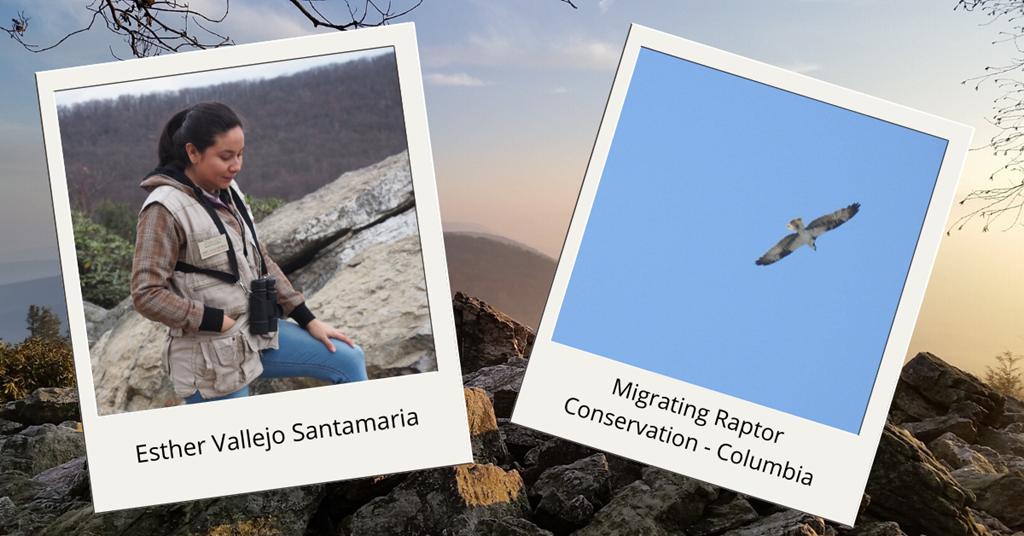
Esther Vallejo Santamaria
Conservation ScienceConservation Science Trainee Esther Vallejo Santamaria studied conservation along one of the most important raptor corridors in the world, the Mesoamerican Land Corridor, which enters South America through her home country of Colombia. Unfortunately, she notes, the country remains without a migration count site despite its crucial location along the flyway. The region’s wildlife also faces intense human threats such as habitat loss and degradation, environmental contaminants, and hunting. Esther’s project seeks to educate locals on the importance of conservation, identify watch sites and roost sites, and train local scientists on performing raptor counts. In working with organizations like Hawk Mountain, Pro Natura, and HMANA, Esther and her colleagues will create English and Spanish materials to provide this education.

Danny Stoner
Conservation ScienceConservation Science Trainee Danny Stoner aided in ongoing research of recently converted grassland habitat on State Game Lands by conducting transect surveys to develop a census of bird populations there. Danny’s work on the Native Grassland Survey builds on existing data to develop a greater understanding of grassland birds’ population trends and their use of this property. He also compared the data collected to that of North Lookout to gauge the differences between locations. These transect counts will continue throughout the year to better understand behavior among species, such as which birds may be breeding in the grassland versus which are passing through for migration.
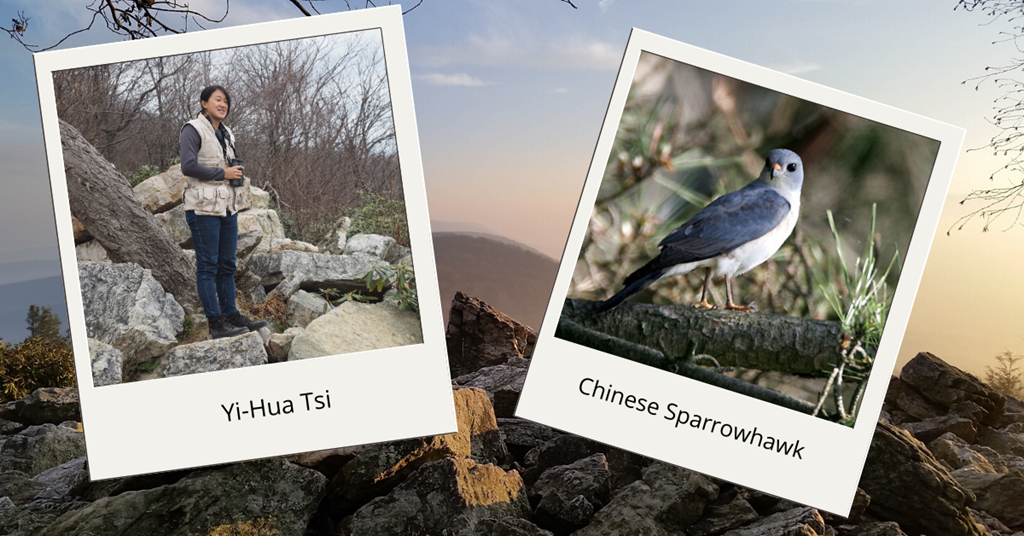
Yi-Hua Tsai
Conservation ScienceConservation Science Trainee Yi-Hua Tsai shared her work studying Chinese sparrowhawks and their migration patterns along the East-Asian Oceanic flyway. Chinese sparrowhawks are the most abundant migratory bird in this flyway, but despite their astonishing numbers, little is known about these birds. Yi-Hua’s research sought to explain why the sparrowhawks saw a decrease in migration numbers from 2004-2016. It seems that weather has an important role to play in this as typhoons and cold fronts delay migration or result in migration route shifting. While changing climate may have something to do with increased typhoons and cold fronts, sparrowhawk numbers have been increasing over the last three years. Yi-Hua also underscored the need for habitat maintenance, limiting deforestation and development in important migration rest stops like Taiwan.
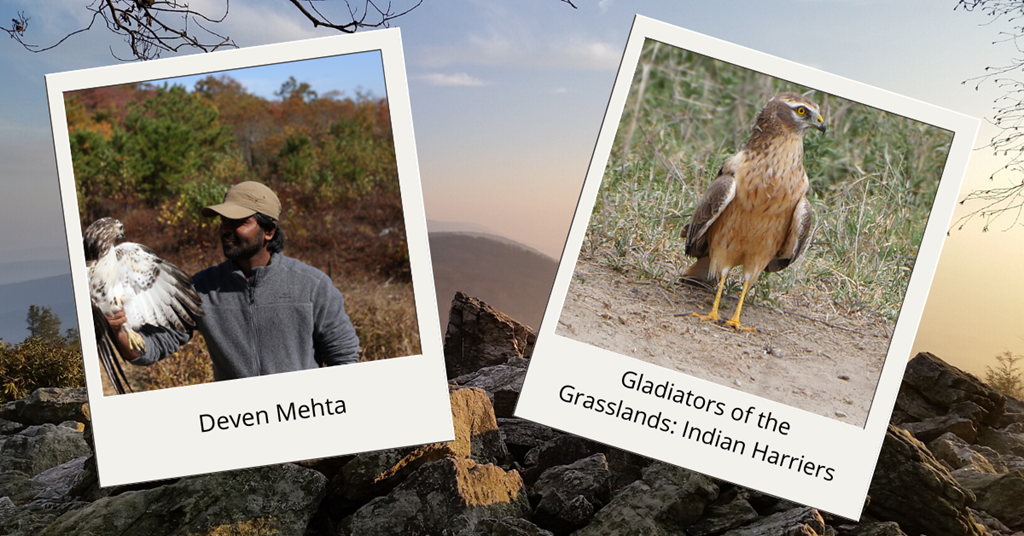
Deven Mehta
Conservation ScienceConservation Science Trainee Deven Mehta shared harrier research from India, which is home to six different species of harrier, the most in the world. Harriers winter in India’s grasslands from July until April. Deven’s research focused on Blackbuck National Park, a large communal roosting site for many harrier species. He analyzed grass height and species as a factor in roost site selection, as well as proximity to potential threats like dogs, livestock grazing, and human activity. Overall, the data was not conclusive but Deven looks forward to doing further research on a larger sample size to better understand the behaviors of these raptors.
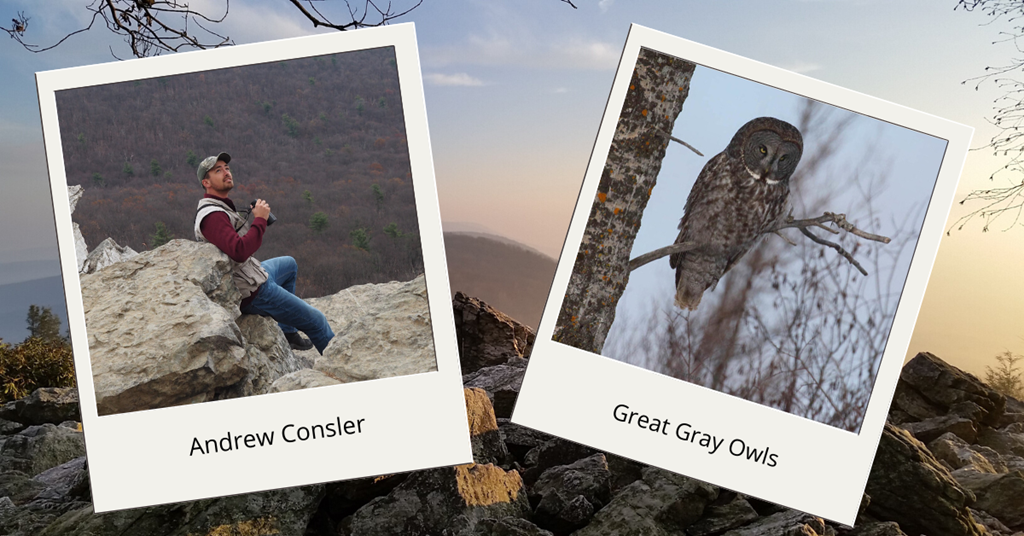
Andrew Consler
Conservation ScienceConservation Science Trainee Andrew Consler shared his work on great gray owls and their irruptive migration patterns, which appear to be explained by a lack of food. Andrew’s research focuses on collecting data for the age, sex, and location of migrating great gray owls to determine whether populations are doing well. The results of his research show a decline in body conditions among both male and female great grey owls, with females experiencing a steeper decline but overall better body condition. Andrew underscored throughout his presentation the importance of collecting more data on these animals, as there is a significant gap in data after the first 200 days as well as for juvenile specimens.

Diana Myers
Conservation EducationEducation Trainee Diana Myers collaborated with former trainee Katie Harrington who has been studying striated caracaras in the Falkland Islands. Unfortunately, among locals, caracaras are seen as pests and a threat to sheep farming, an important part of the economy. To combat this attitude, Diana has developed a lesson plan for middle schools on the islands to help connect the residents with research and debunk common misconceptions. This lesson will also help to engage students with research in their own backyards and plant the seed of scientific curiosity. The curriculum includes the caracara’s evolutionary history, their traits, first contact accounts, and an in-depth look at their eating habits. Students will also supplement their cultural knowledge of the birds with facts for a more well-rounded view of the animals thanks to Diana’s work.
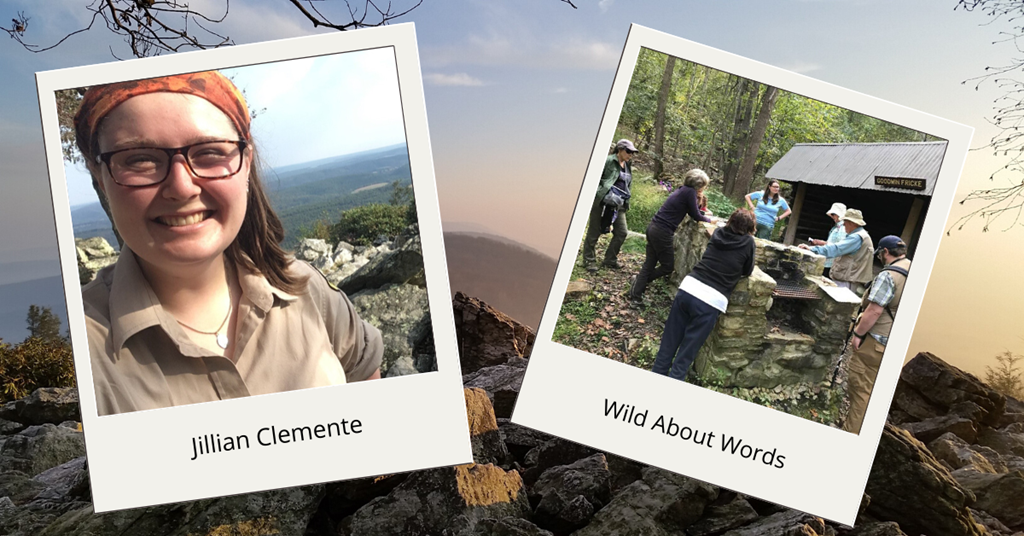
Jillian Clemente
Conservation EducationEducation Trainee Jillian Clemente shared her work on the Wild Words Workshop and practicing science data visualization. For her writing workshop, Jillian developed content, a curriculum, and examples to engage participants in the four-hour long event, cultivating and encouraging creativity using observation, place, and description. She learned to adapt her program to different settings, making for a flexible learning experience. She also studied raptor population index trends, visualizing the data to describe it for a more general audience. Separating out the data by species and flyway during spring and fall migrations, she could fragment the index into palatable graphs and tables.
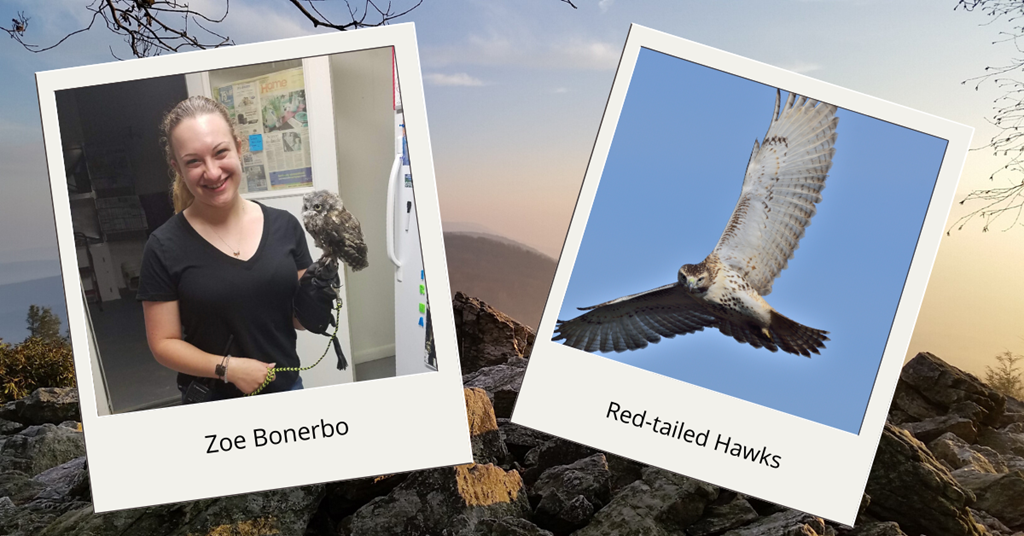
Zoe Bonerbo
Conservation EducationEducation Trainee Zoe Bonerbo shared her data analysis of red-tailed hawk catchment at different hawk watch sites across North America in conjunction with the Raptor Population Index (RPI). Since red-tailed hawks range from Alaska all the way to Mexico, Zoe seeks to determine what red-tailed populations are being samples by which hawk watch sites based on region. Split among seven flyways, Zoe used the RPI to determine which sub-populations of red-tailed hawks were being caught and where. Her analyses show that some subsets of red-tailed hawks have either a latitudinal or longitudinal gradient, where they are unlikely to travel beyond a certain north-south or east-west threshold. This research will help future red-tailed hawk research if there are any changes in migration patterns as well as assisting with genetic analyses.